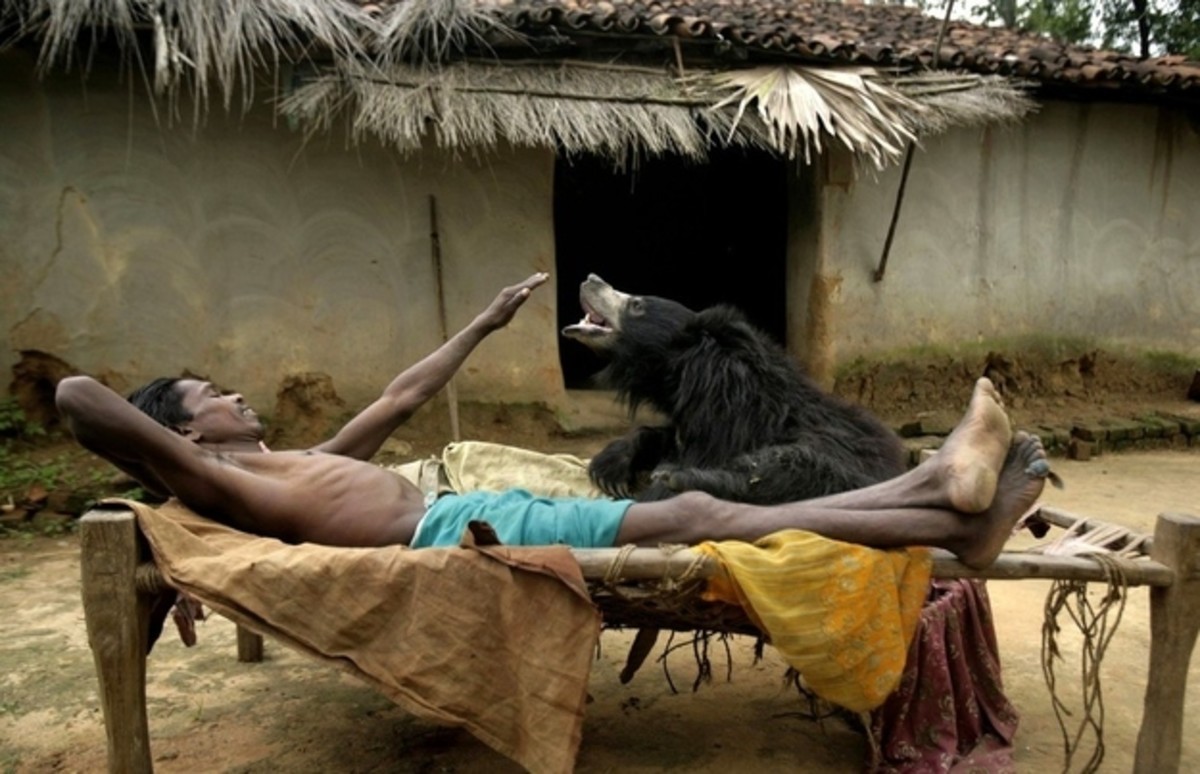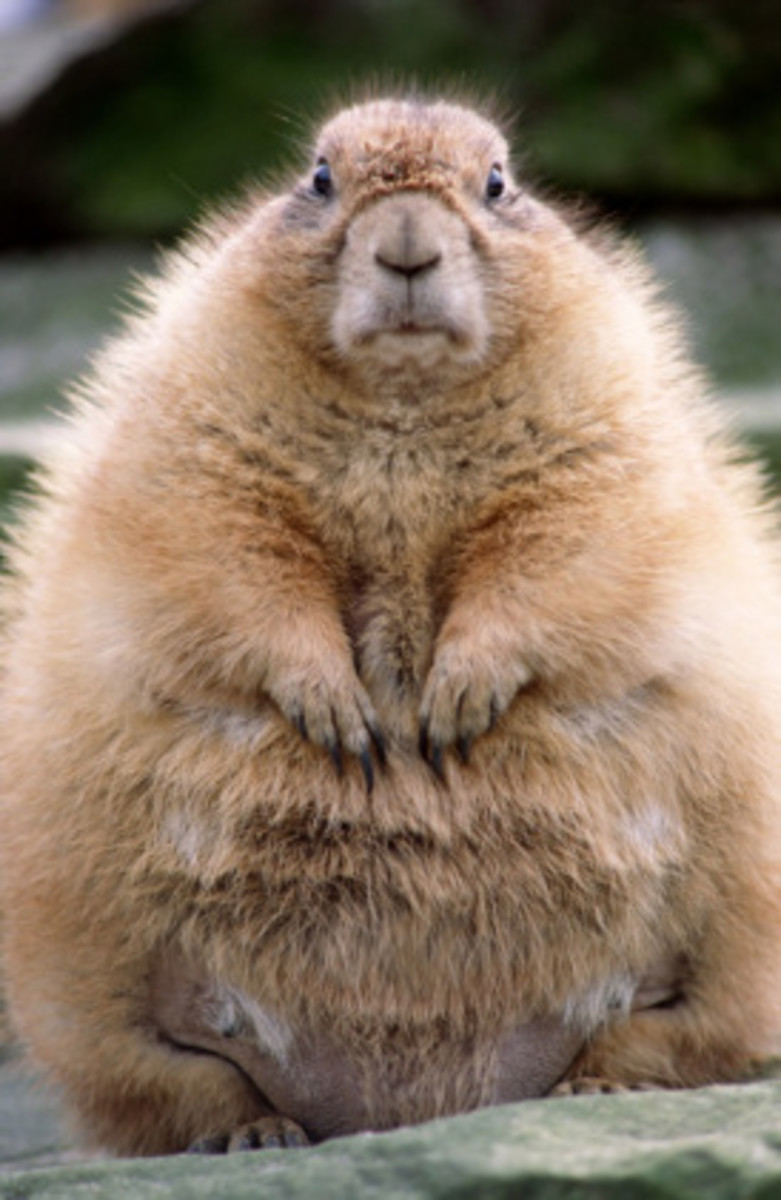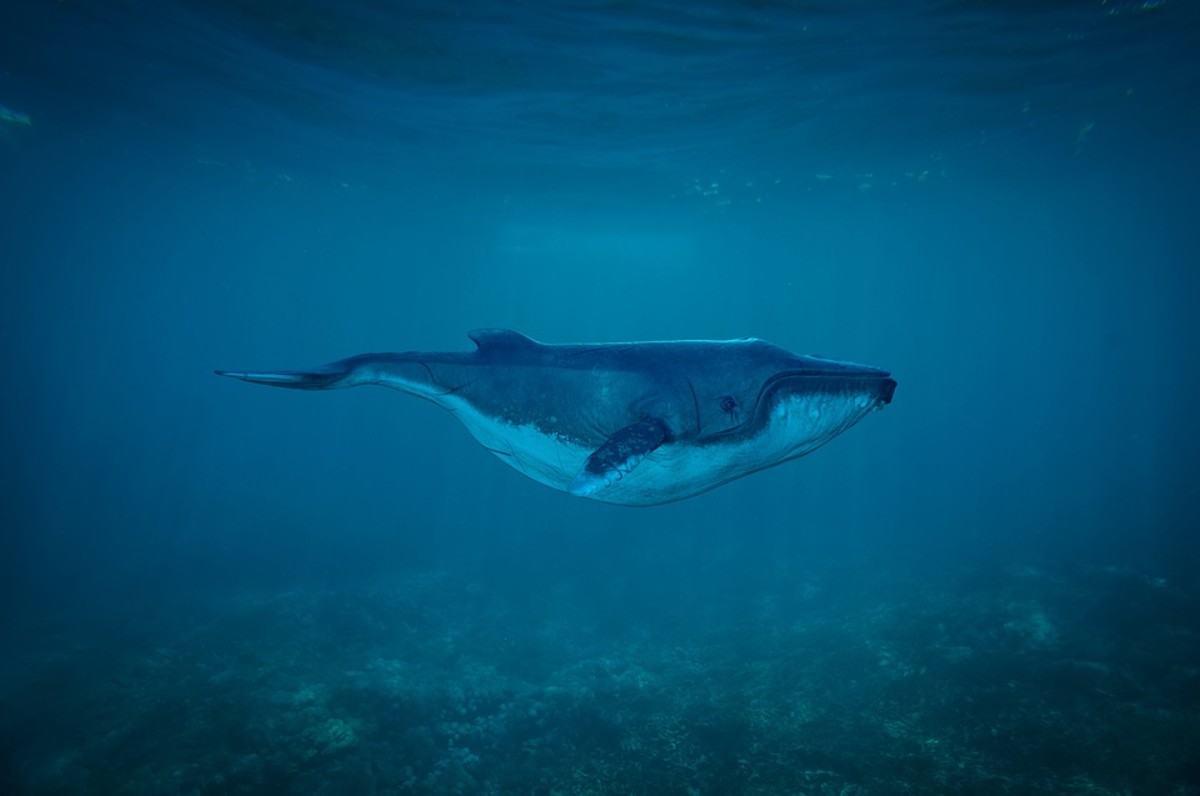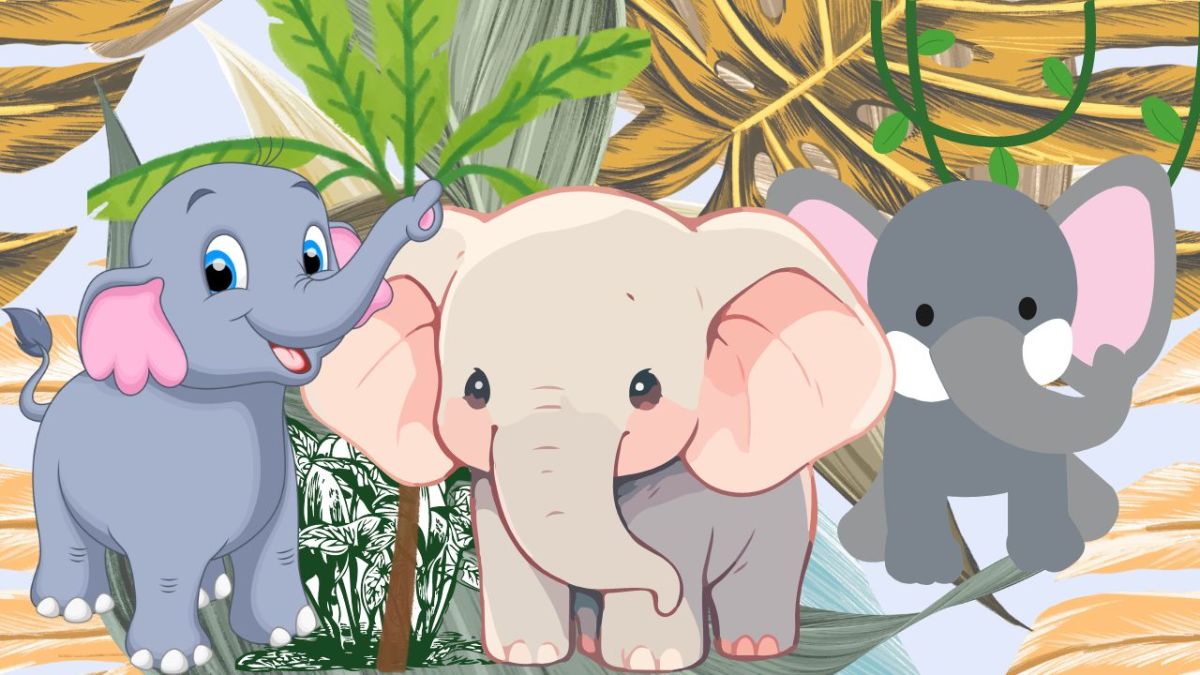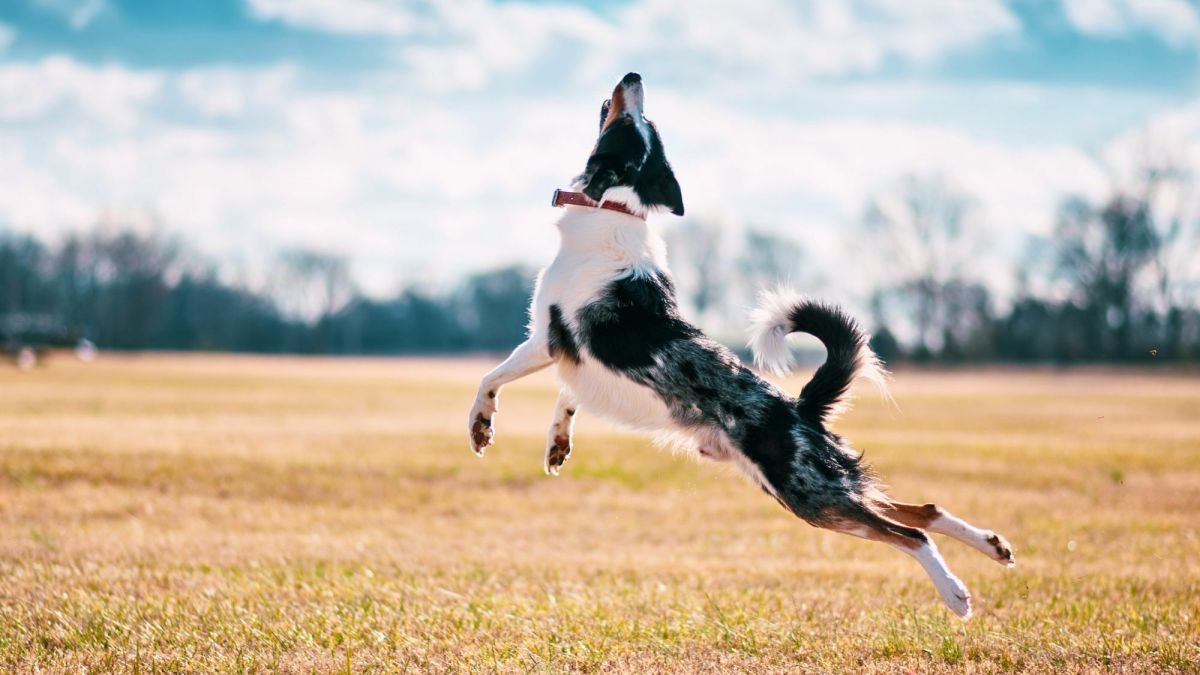Mammal Facts
Here are some interesting facts about mammals.
Facts about Mammals
Mammals in general are the warm-blooded, hairy and air-breathing animals.
They all produce milk.
A female Pacific Grey Whale gestates and delivers a 2000 pound baby, migrates over 10,000 miles, and produces 6 tons of breast-milk without eating a single bite of food -- using just her blubber for fuel.
Almost all the mammals live on land. Bats are the only mammals that can fly. Dolphins and whales are the aquatic mammals.
With a couple of exceptions, mammals give birth to live young. Platypus and Echidna are the two mammals that lay eggs.
Elephants have huge feet and can weigh more than five tons. But their feet are big, soft and spongy that spread their weight out so well they barely even leave footprints.
Eucalyptus is used to make cough drops; now because koala bears eat so much eucalyptus, they smell like cough drops. This smell helps them keep fleas away.
Giraffes protect themselves by being big, so their goal is to grow as large as they can, as fast as they can.
Did you know shrews have so little body fat they cannot go more than a couple of hours without food? Missing a meal is a sure way to a quick death. A good night's sleep could be fatal.
Hooded Seals have the shortest childhood of all the mammal. They go from infancy to childhood to adolescence to adulthood in just four days.
Bumblebee Bat is the smallest mammal . They are 30-40 millimeters in size (1.2-1.6 inches).
Pandas are considered living fossils.
Do you know why bats hang upside-down? They hang upside-down because they can't stand right-side up. Their leg bones are too thin to hold up their bodies.
A polar bear looks white, but he isn't really white. His long, shaggy hairs are colorless and hollow. Beneath his hair, the skin is black.
Hippopotamuses give birth and breastfeed under water - despite the fact almost all their predators live in the water.
Bats live 20-30 years, which is remarkably long for such a small animal.
All mammals possess a unique area of the brain that no other animals have- a neocortex.
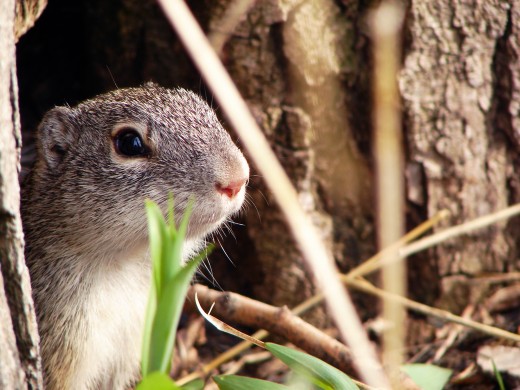
Greyhounds are the fastest dogs on earth, with speeds of up to 45 miles per hour.
Despite the size of ears the elephant’s hearing is poor
One of the softest parts of their body is at the back of the ears, which is called the knuckle.
The largest of all land mammals is the elephant.
Elephants normally walk about 4 mph.
Otters are believed to have been on Earth for as long as 30 million years or more.
There are thirteen species of otter alive today. There used to be fourteen but Maxwell's otter is presumed to be extinct.
Otters are quite intelligent. In fact, they are one of few tool using mammals.
Did you know otters have webbed feet with five toes?
Elephants have tough skin that is 1” thick in some places, but their skin is so sensitive that they can feel a fly when it lands on them.
A kangaroo carries its baby in its pouch. The baby is born really tiny and crawls into its mother's pouch.
A kangaroo's baby sometimes jumps into its mother's pouch head first when frightened.
Kangaroos need very little water to survive and are capable of going for months without drinking at all.
African elephants ears are used to aid ventilation.
The kangaroo's young one lives in its mother's pouch till its quite large. Even when its quite large it still drinks milk from a teat in its mother's pouch.
An adult koala eats about 1/2 to 1 kg of leaves each night, but the nutrition they get from these leaves is poor. This leaves them with a little energy, so they spend most of their lives sleeping.
Over 2 million koalas were killed between1908 and 1927.
Koalas also communicate with each other. They do this by making a noise like a snore and then a belch, known as a "bellow"
Elephants can live for up to 70 years.
The koala joey rides in its mothers backward-facing pouch for about 5 to 6 months, and drinks milk.
Wombats feed on coarse grasses, herbs and roots whole night.
Did you know the northern hairy-nosed wombat is one of the world's rarest mammals?
All mammals are able to maintain a constant body temperature, irrespective of the environmental temperature. An average body temperature of mammals ranges from 90-104F.
The northern hairy-nosed wombat is the largest herbivorous burrowing mammal in the whole world.
All mammals breathe air, even the aquatic mammals. Their lungs are large and play an important role in the exchange of oxygen and carbon dioxide.
Interestingly, the northern hairy-nosed wombat has a backwards-opening pouch to reduce soiling of its pouch enclosure that otherwise would occur when it digs its burrow.
Here are some more facts on mammals.

